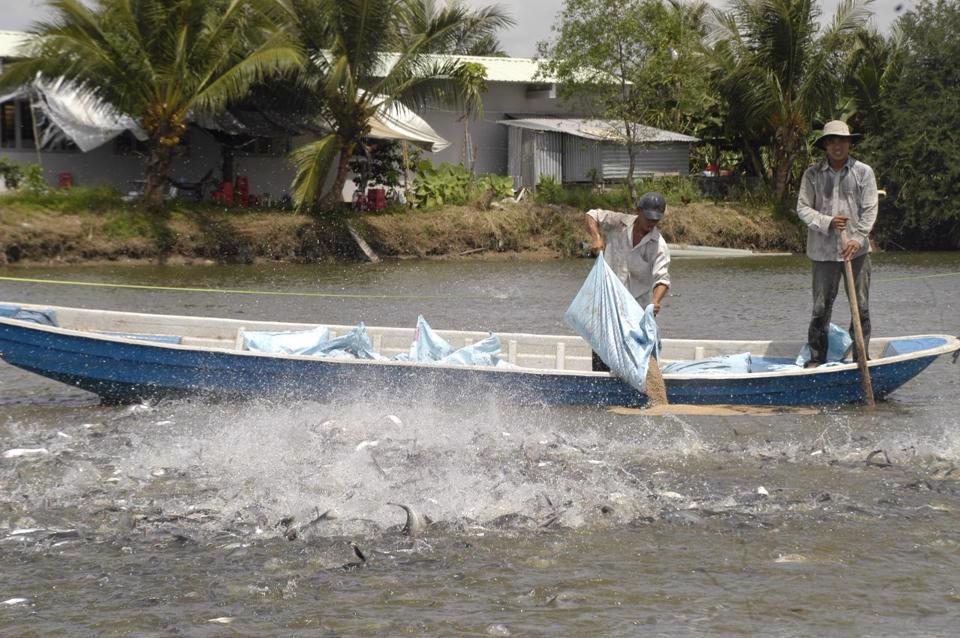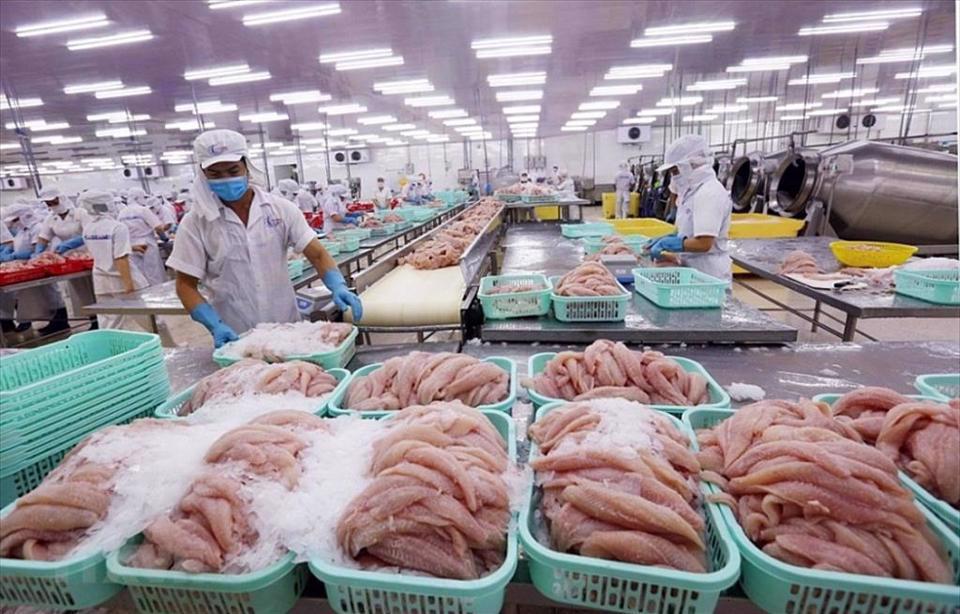Vietnam pangasius export
Vietnamese pangasius goes all over the world
Pangasius is a typical farmed white fish in Vietnam. Vietnam's export pangasius products are increasingly loved by consumers in the world market because of their convenience, neutral taste, ease of processing and prices suitable for all consumption segments.

By 2022, Vietnamese pangasius has conquered more than 140 markets around the world, including traditional and strict markets in terms of food safety and technical regulations such as the US, EU and other markets. The market does not like farmed fish like Japan.
According to an assessment report of the Vietnam Association of Seafood Exporters and Producers (VASEP), in the period 2017 - 2022, although the area of pangasius farming tends to decrease, the fish production increases gradually from 1.2 million tons in 2017 to 1.7 million tons in 2022, showing that pangasius farming productivity is increasingly improving.
The popularity of pangasius and the efforts of the Vietnamese business community to bring pangasius to all five continents have helped the industry bring in a large source of foreign currency each year. With an export turnover of $1.5-2.4 billion per year, pangasius alone accounts for 16-26% of Vietnam's total seafood export value.
The main markets and market groups for importing Vietnamese pangasius include: China, the US, the EU, ASEAN, the Middle East, Mexico, Brazil, the UK, Russia, the countries of the CPTPP (Comprehensive Partnership Agreement and the Comprehensive Partnership Agreement). transpacific progress).

The number of Vietnamese enterprises exporting pangasius has increased continuously in recent years. Specifically: In 2020, there will be 320 enterprises; In 2021, the number of enterprises participating in exporting will increase to 380 enterprises and in 2022, the number of enterprises participating in exporting will increase to 435.
Notably, frozen pangasius fillets (HS code 0304) still accounted for the largest proportion of total pangasius exports in recent years. In the last 3 years, the average proportion of frozen pangasius fillets accounted for 85-86% of Vietnam's total pangasius export value.
Businesses must sell products at cheap prices to turn capital
Looking at the Chinese market, Vietnam's major pangasius import partner, Chairman of the Board of Directors of Cuu Long An Giang Seafood Company Tran Thi Van Loan shared: China is very fastidious, they require pangasius products. must be of very high and stable quality.
Therefore, for China, it is necessary to develop a separate strategy for pangasius exports, especially to control export quality uniformly and always keep the image of Vietnamese pangasius. This market of 1.4 billion people still has a lot of potential for development and many opportunities for businesses to expand the market, increase turnover as well as export value of pangasius.
Regarding the US market, Chairman and General Director of Hung Vuong Joint Stock Company (Tien Giang) Duong Ngoc Minh said: Although it is always in the top 2 importing markets of Vietnamese pangasius, it is currently exported to the US. still facing an anti-dumping case for pangasius. That is also the reason why only a very few enterprises can export to the US market, which is a disadvantage for Vietnamese pangasius.
The EU market used to be the largest pangasius import market in Vietnam, accounting for 40% of the export turnover of the pangasius industry. However, due to many reasons of unfair competition, currently, exports to this market only account for over 8% of Vietnam's pangasius export value.
Sharing about the internal difficulties of exporting pangasius, VASEP Secretary General Truong Dinh Hoe said: Pangasius, like other industries, has to bear high input costs. Meanwhile, most pangasius processing enterprises are still in a situation of lack of capital, having to sell products at cheap prices to rotate capital, making businesses even more struggling.
Therefore, VASEP suggested that ministries, branches and Government pay special attention to removing and clearing priority capital sources for production and reducing loan interest rates to support businesses.
